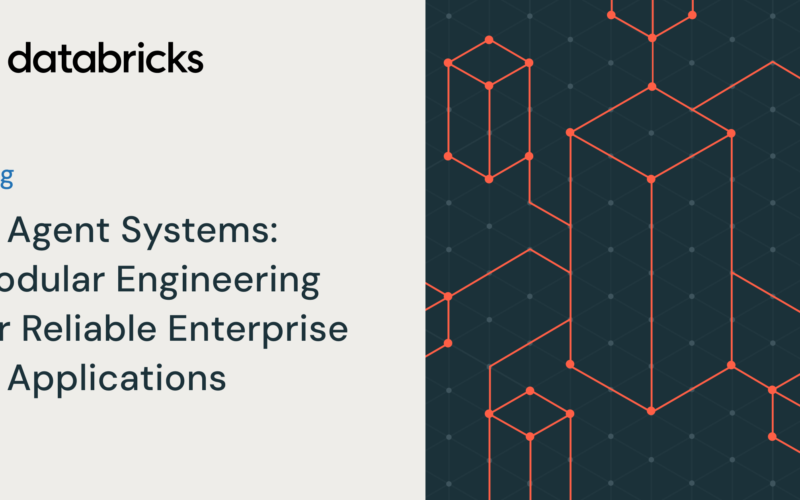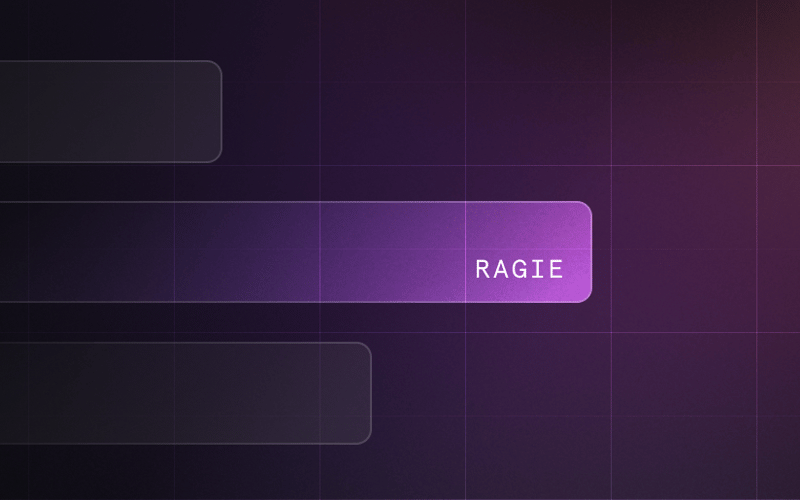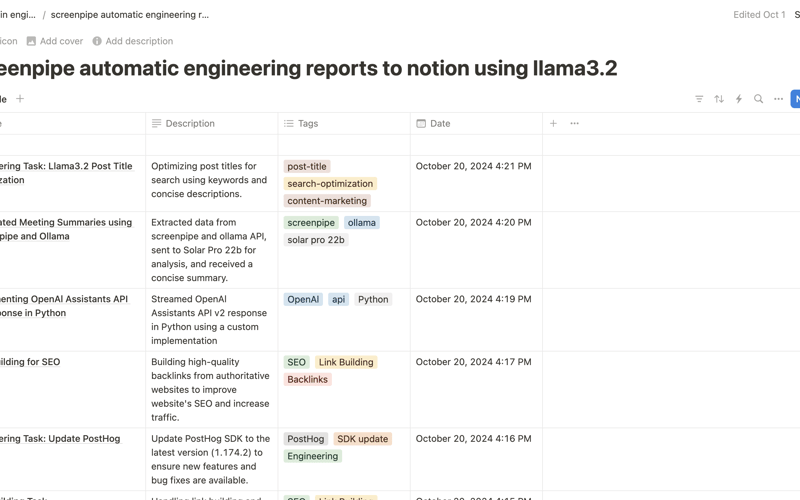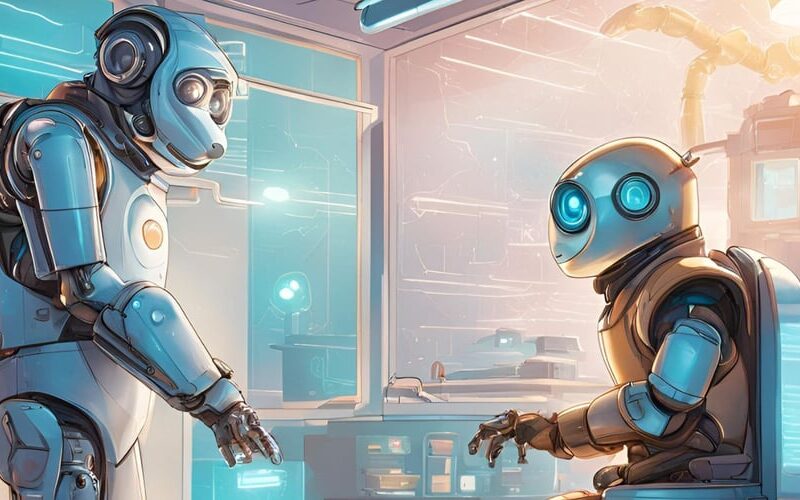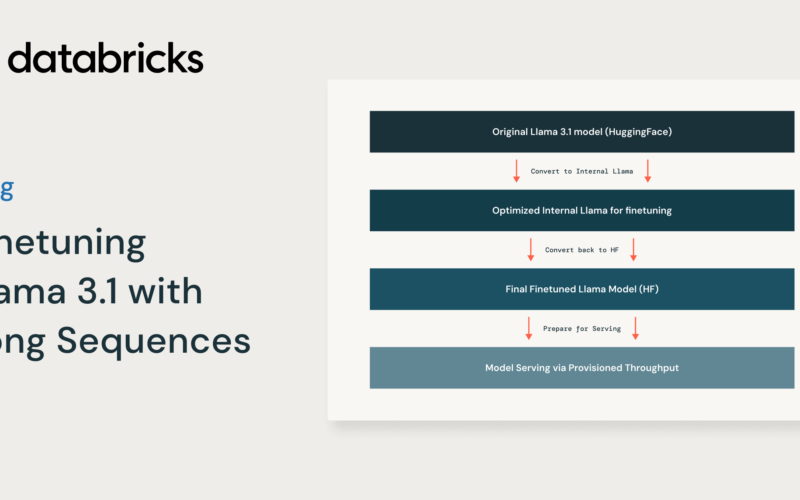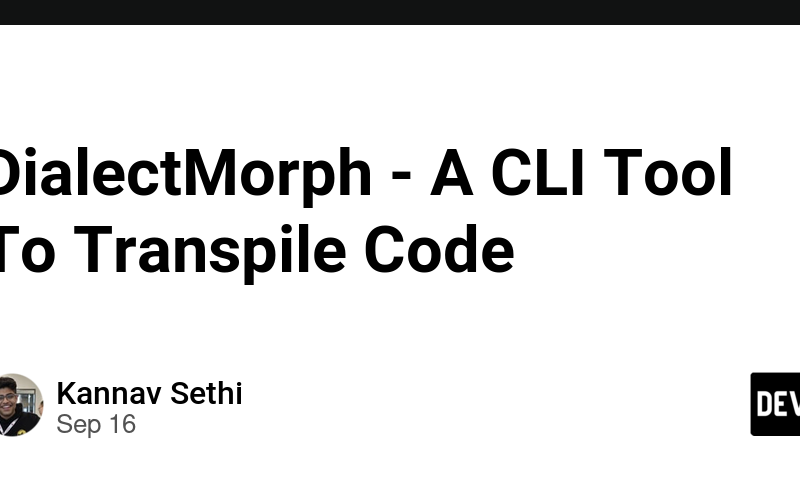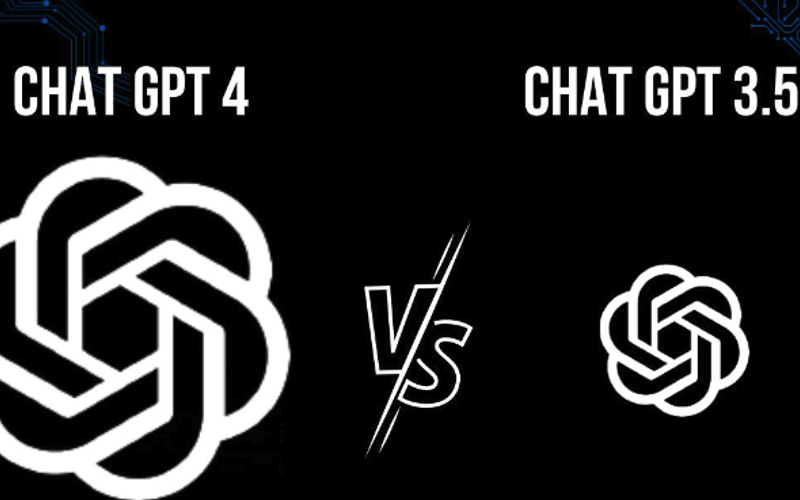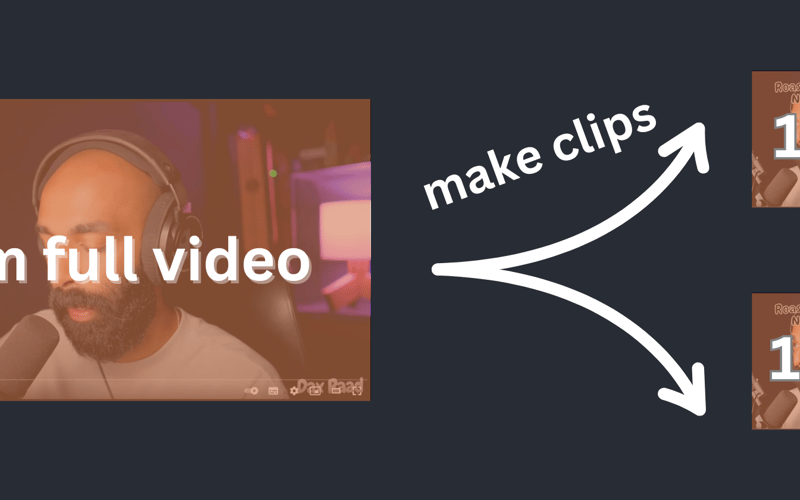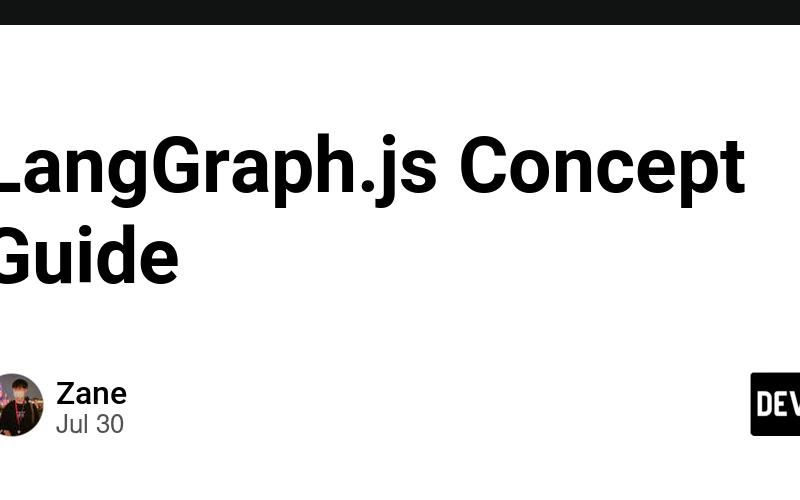14
Nov
Monolithic to ModularThe proof of concept (POC) of any new technology often starts with large, monolithic units that are difficult to characterize. By definition, POCs are designed to show that a technology works without considering issues around extensibility, maintenance, and quality. However, once technologies achieve maturity and are deployed widely, these needs drive product development to be broken down into smaller, more manageable units. This is the fundamental concept behind systems thinking and why we are seeing AI implementation move from models to AI agent systems. The concept of modular design has been applied to:Cars: seats, tires, lights, and engines can…

